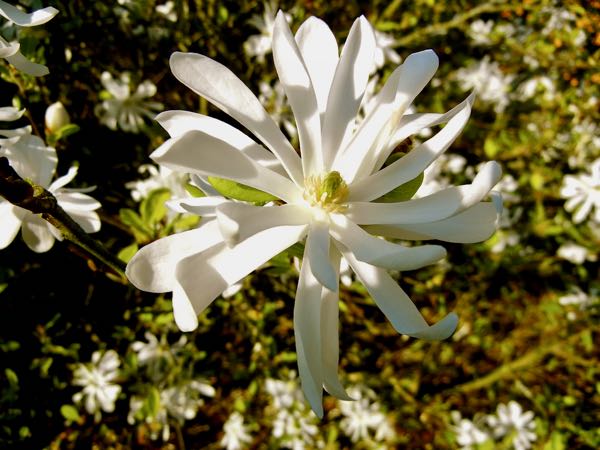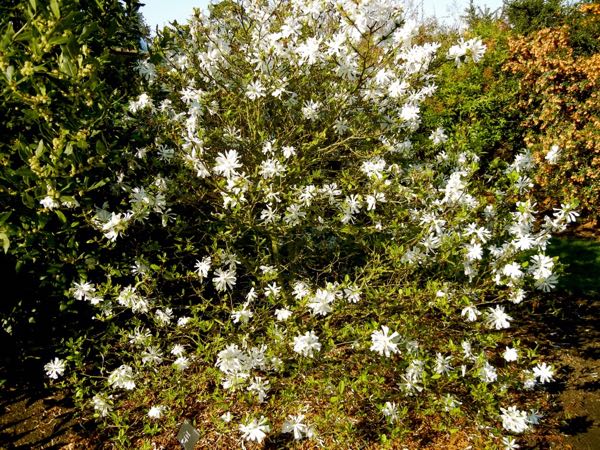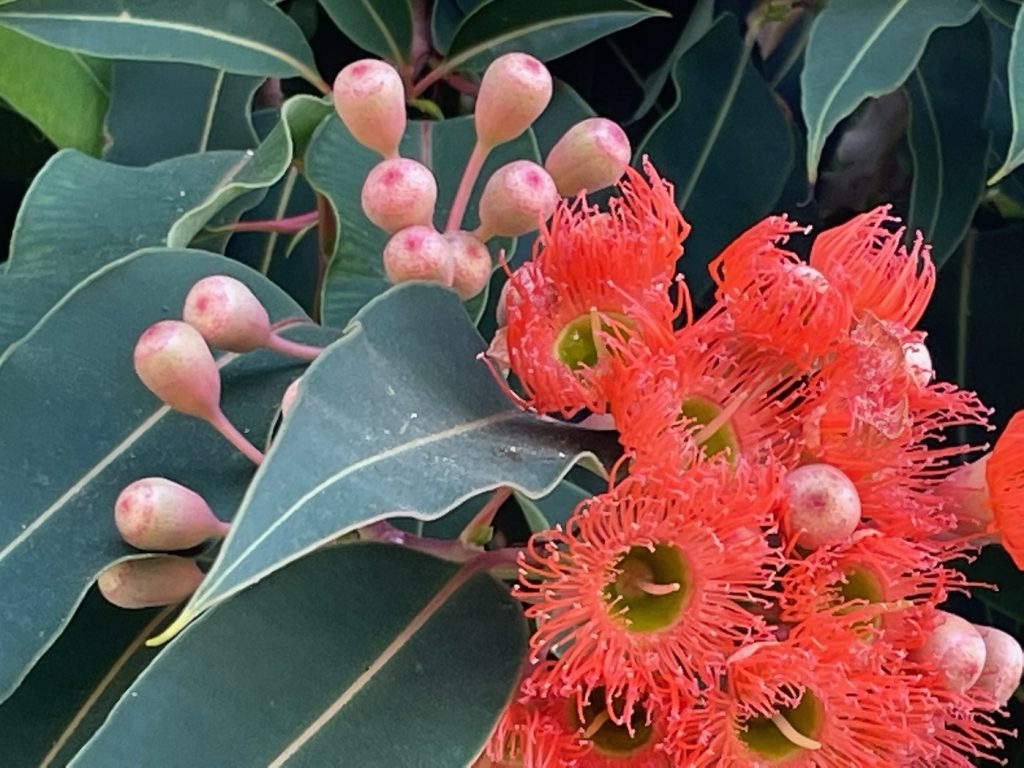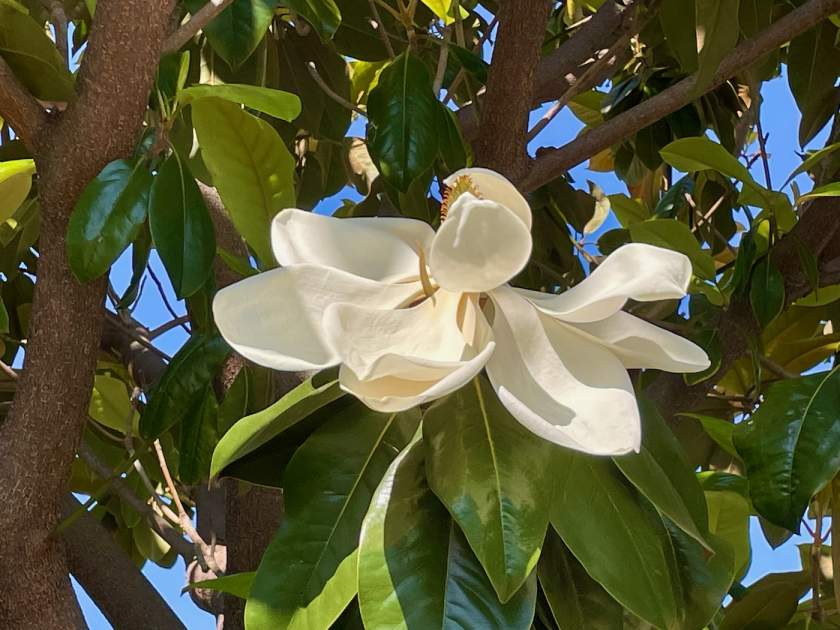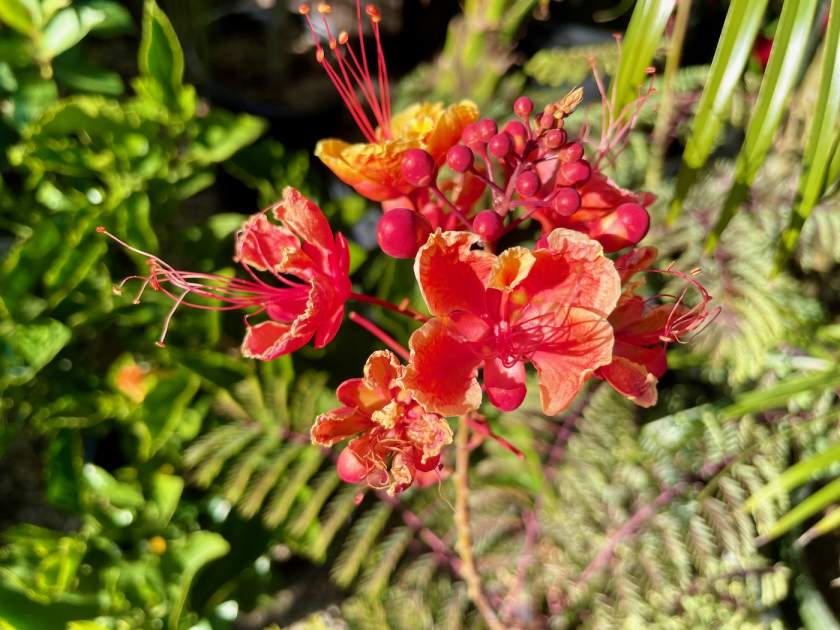Magnolia stellata ‘Waterlily’: The Delicate Star Magnolia
Magnolia stellata ‘Waterlily’, also known as Star Magnolia or Magnolia kobus var. stellata, is a charming member of the Magnoliaceae family. This small deciduous tree, native to Japan, captivates with its elegant form and star-shaped flowers. Reaching a height of about 20 feet (6m), ‘Waterlily’ is often grown as a shrub, gracing gardens with its enchanting presence.
Origin and Name
The genus Magnolia was named in honor of Pierre Magnol (1638-1715), a renowned French botanist who made significant contributions to the field of botany. The specific epithet “stellata” refers to the star-like appearance of the flowers, which adds to the allure of this exquisite magnolia variety.
Flowering and Foliage
Magnolia stellata ‘Waterlily’ graces the landscape with its delicate blooms in late winter or early spring, heralding the arrival of the new season. The star-shaped flowers, composed of approximately 36 long and narrow petals, are pure white, creating a stunning contrast against the dark green, elliptic foliage. As autumn approaches, the leaves take on a yellowish hue, painting the tree in warm, golden tones. Following the blooming period, ‘Waterlily’ produces attractive red seeds, adding further interest to the tree.
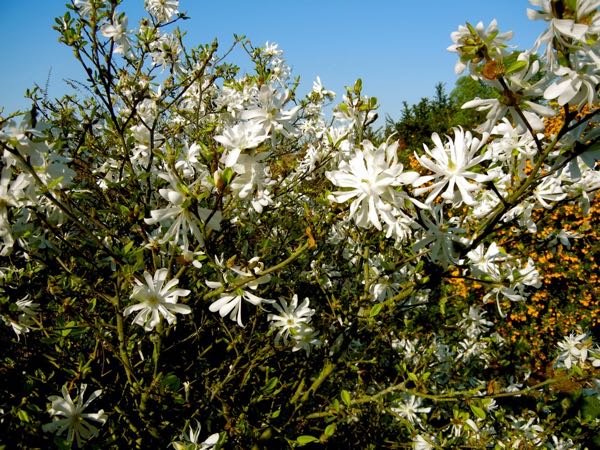
Cultivation of Magnolia stellata ‘Waterlily’:
Light and Location: Magnolia stellata ‘Waterlily’ thrives in both full sun and partial shade. When selecting a planting location, ensure it receives adequate sunlight while also offering some protection from strong winds.
Soil Requirements: This magnolia variety prefers moist, organically rich soil that is well-drained. The addition of organic matter, such as compost or well-rotted manure, during planting, helps create a favorable growing environment for the tree.
Watering: Consistent moisture is essential for the optimal growth and health of Magnolia stellata ‘Waterlily’. Avoid allowing the soil to become excessively dry or waterlogged. Regular watering during dry periods is crucial, especially in the first few years after planting.
Pruning: Minimal pruning is required for ‘Waterlily’. Prune only to maintain the desired shape and remove any dead or damaged branches. It is best to prune immediately after flowering to avoid interfering with the following year’s bloom.
Mulching and Winter Protection: Applying a layer of organic mulch around the base of the tree helps retain soil moisture, suppress weed growth, and regulate soil temperature. In regions with harsh winters, providing winter protection, such as wrapping the tree with burlap or using protective coverings, can help shield it from cold temperatures and wind damage.
Disease and Pest Management: Magnolia stellata ‘Waterlily’ is generally considered to be resistant to common pests and diseases. However, monitoring the tree for any signs of issues, such as leaf spots or scale insects, is recommended. Prompt action, such as removing affected leaves or treating pests with appropriate methods, can help maintain the tree’s health and vitality.
With its dainty star-shaped flowers, graceful form, and captivating fragrance, Magnolia stellata ‘Waterlily’ is a treasured addition to gardens and landscapes. Whether used as a focal point, planted in groups, or incorporated into mixed plantings, this magnolia variety brings a touch of elegance and beauty to any outdoor space. By providing the appropriate growing conditions and care, you can enjoy the enchanting blossoms and seasonal transitions of this delightful tree for years to come.
